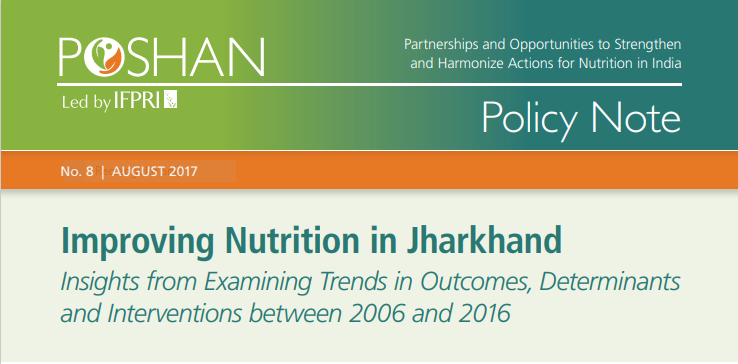Jammu & Kashmir, situated in the northern part of India, mostly mountainous, accounts for 6.7 percent of the area of the country and includes 22 districts (Government of Jammu & Kashmir 2017). The district of Leh is the largest, occupying more than half of the area of the state. The state shares international borders with China and Pakistan, which is separated by a military Line of Control. The state is home to more than 12 million people (1 percent of the population of India) of which 67.2 percent are literate (Census of India 2011). Jammu & Kashmir has a sex ratio of 889 females per 1,000 males (Census of India 2011).
The purpose of this Policy Note is to examine the trends in undernutrition in Jammu & Kashmir and to document trends and geographic variability in the major determinants of nutrition and the coverage of key nutrition and health interventions. In doing this analysis, we aim to highlight the key areas of action to improve nutrition in Jammu & Kashmir.



